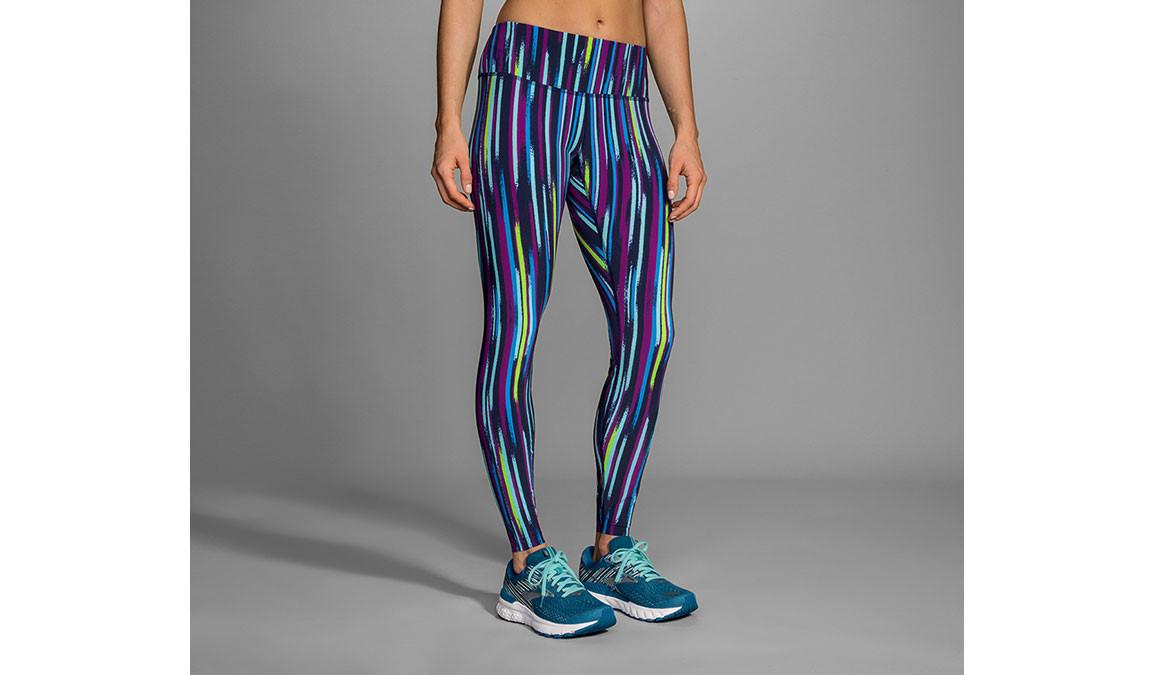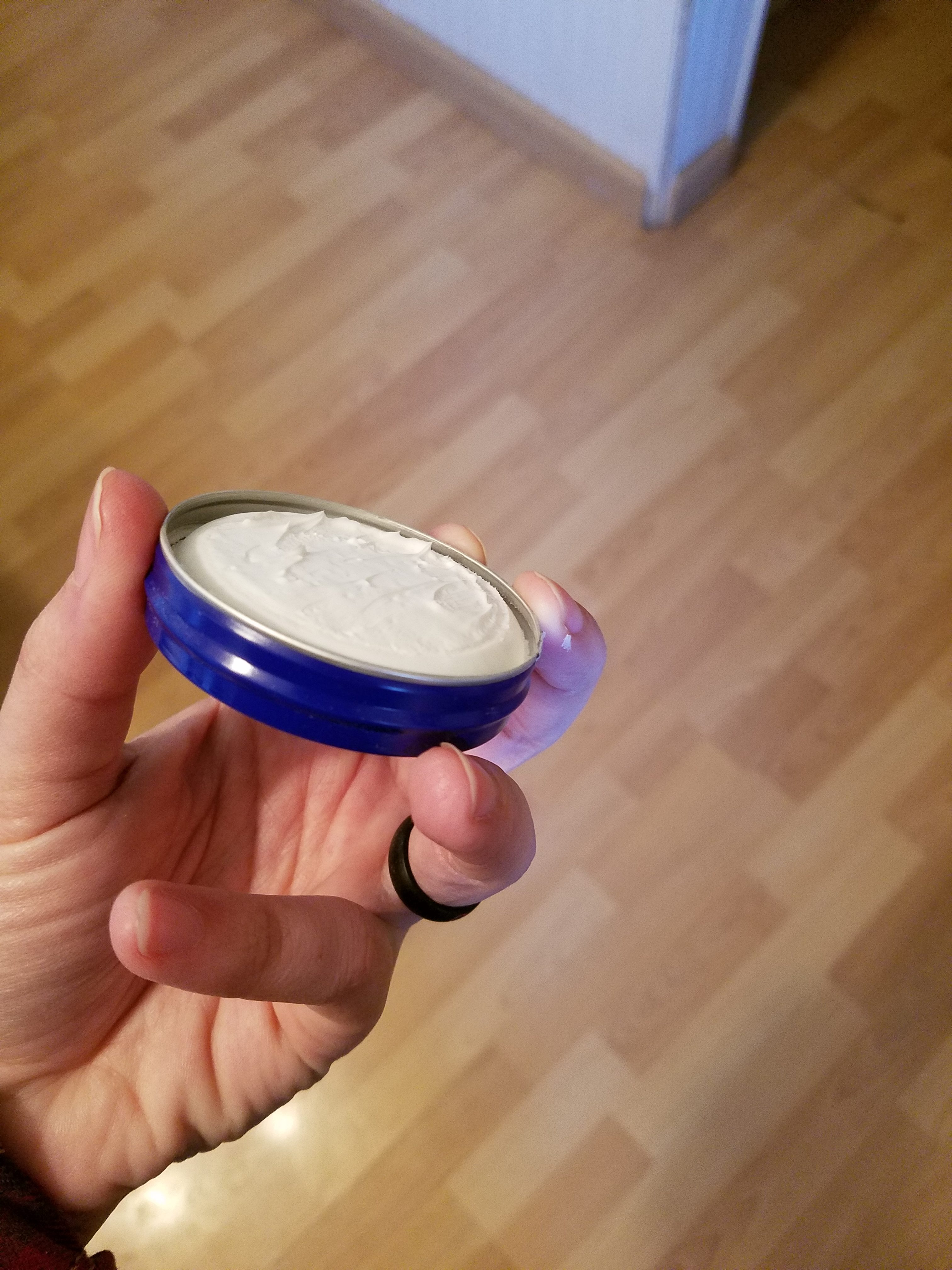Eye care is one of the essential things that people focus on to improve their overall health. Millions of US adults go for eye exams yearly to have the doctor carry out various tests to determine the health of their eyes. One of the most common tests done includes ophthalmoscopy. Ophthalmoscopy entails an examination of the interior part of the eye called the fundus. The fundus consists of the retina, lens, blood vessels, and optic nerve.
The doctor that you will find there will carry out this examination using an ophthalmoscope. The ophthalmoscope is a compact and lightweight device used by an eye doctor to examine the fundus. Some of the devices use batteries while others are rechargeable. An ophthalmoscope has a simple construction that makes it easy to use without relying on a user manual.
The doctor can examine the interior of the eye using this device because the retina is transparent, thus allowing the doctor to make a non-invasive viewing of the structures of the fundus.
Types of ophthalmoscopes
There are two types of ophthalmoscopes. They include:
- Direct ophthalmoscope – this kind of ophthalmoscope produces upright images of the center of your retina
- Indirect or panoptic ophthalmoscope – this kind produces inverted images of the retina. It has a wider view, thus providing a better view of the interior of your eyes.
When is ophthalmoscopy used?
Ophthalmoscopy comes in handy when your doctor wants to check our eyes for eye conditions that affect your blood vessels. Some of the conditions that an ophthalmoscope screens include:
- Retinal detachment or tear
- Any damages to your optic disc
- Glaucoma
- Hypertension
- Diabetes
- Macular degeneration
- Melanoma
- Cytomegalovirus (CMV) Retinitis
How does a patient prepare for this examination?
When you go to your doctor for ophthalmoscopy, there are a couple of things that go down. Before carrying out the examination, the doctor will put some eye drops in your eyes to help dilate your pupils so that it is easier to look through them. Doctors advise patients to carry sunglasses when coming in for the examination because the eye drops used will make the eyes sensitive to light. The eye drops will also make your eyes blurry.
The effect from the eye drops also demand that you find someone to drive you home after the examination. You should also refrain from operating heavy machinery after the examination. Before the examination, one is also advised to inform the doctor of any allergic reactions to medication.
Additionally, you have to inform your eye doctor about any medication that you are taking at present. This information will help the doctor establish whether the medication will react negatively with the eye drops to avoid any health issues. You must also disclose to your doctor if you have glaucoma or if anyone in your family has glaucoma. This information might prompt the doctor to avoid using eye drops on you during ophthalmoscopy.
What goes on during the examination?
Like any other medical test, ophthalmoscopy follows a series of steps to ensure that the eye doctor identifies any underlying eye disease. Here are the steps that the qualified doctors follow.
Before a doctor starts to use the ophthalmoscope, he or she has to ensure that the conditions are conducive to allow proper assessment. The place where the patient lies should also be clear of obstacles to enable the doctor to position the scope. This also enables the doctor to make the necessary movements easily.
You are also required to remove your contact lenses or eyeglasses to make the procedure successful. Doctors may carry out ophthalmoscopy as part of routine checkups or conducting a full eye examination.
The room also has to be dimmed to allow the dilation of the pupil. The doctor could also enhance the dilation by putting some eye drops in the eyes and asking the patient to gaze on a particular object, often placed on the side.
The doctor should then set the light of the ophthalmoscope to maximum brightness to allow proper examination. The doctor will hold the device using one hand because it is compact and use one eye to observe your eye. The doctor will also repeat the process on your other eye to ensure that the examination is comprehensive.




















